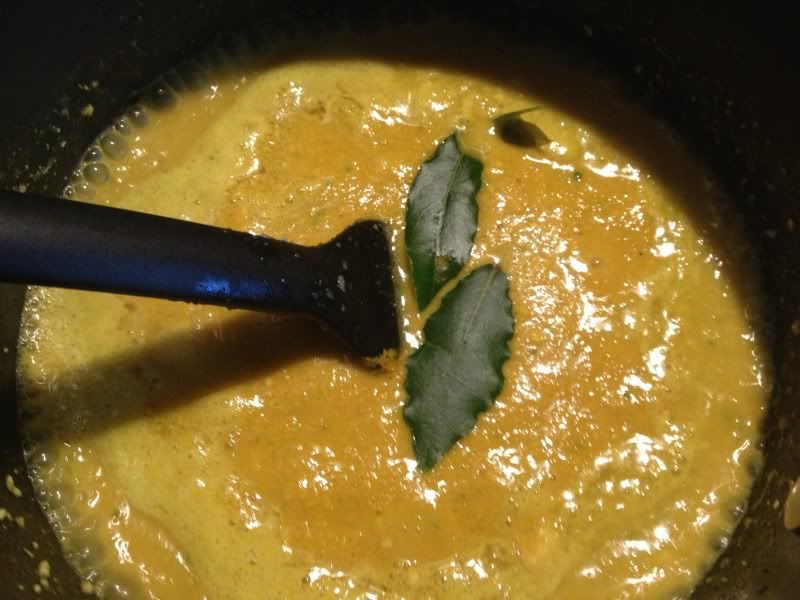
Angel Food Cake is about to become really popular .. as the first technical challenge on The Great British Bake Off Series 4 we are all going to enjoy watching contestants wrongly greasing the tin and over beating the batter I am sure .. I haven't even seen the show yet (In fact I am writing this 2 days before it is aired) but I have made Angel Food Cake for years and am familiar with what can go wrong ...
Angel food cake is a lighter than air cake that should melt in the mouth. It is a fatless sponge in a similar vein to a Genoese sponge but has a moister, lighter texture. I find it rather plain on it's own but it comes in to its own with a fruit compote (I love stewed apples with cinnamon) and lashings of double cream. In America it is often referred to as "white cake" and can even be purchased in packet cake form. It is usually baked in a round bundt tin. The perfect cake tin for angel food cake can be found here , I love Nordicware tins, they are a real lifetime investment. I wonder if there will be a sell out of these after the airing of the show? Luckily I already have my own .. This one is really great as it has it's own little feet - why would a cake tin need feet I hear you ask? Well angel food cake needs to be cooled upside down, you flip over the whole cake so the sponge can "relax down" ... before the days of my bundt "with feet" I used to flip my cake and let it rest on a jam jar, the feet are far more stable though and you are far less likely to come back to a tipped over cake from other members of the family making a cup of tea and knocking your cake over (or in my experience Mothers that think you have done something really strange and turn the cake back over).
I am not going to write up "my" recipe for angel food cake as it is a pretty standard science. I recipe I always use is here.
But I am going to write up my top tips ...
1) NEVER grease the pan, never, ever, in a month of Sundays grease the pan. This is because the cake NEEDS to stick to allow it to cool upside down. Not even a sneaky spray of cake release, really, nothing. As for the parchment paper .. leave it in the drawer, no greasing means no lining either.
2) Cool your cake for as LONG as you can, preferably a couple of hours, or if you can over night. This gives the cake plenty of time to stablise and relax into shape. This will make taking it out of the tin so much nicer and will avoid lumps of cake falling out when you remove it from the tin.
3) Fold your flour in in as few folds as you can using a metal spoon. You have spent ages beating air into those eggs, you need to keep as much as you can in the batter to make sure the texture is light and fluffy.
4) Use room temperature eggs, preferably separate your eggs a few hours before you use them (in a similar vein to the French macaroon).
5) Once your cake is in the tin ready to go into the oven give it one sharp tap on the bottom of the tin, this will "pop" any big air bubbles and give your cake an even texture. Only one though - you got to keep that air safe!
5) Use a long, bendy sharp knife (I actually use my cold meat carving knife) to help the cake out of the pan, sticking as close to the edge of the pan as you can, be patient with it, but if you have left it to cool for long enough there shouldn't be a huge issue.
I am now off to sulk because if I had made it through to the final 13 this year I would have NAILED this dammit! It will be very interesting to see if any of my tips would have helped the newest batch of bakers when the first show of the new series is aired this Tuesday, 20th of August on BBC at 8pm.

